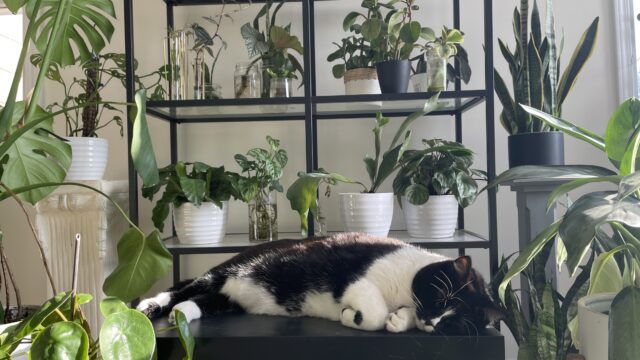
Did you just adopt a new pet! Yay! Congrats. Did you know some houseplants can be super toxic to pets? Are you now panicking? Don’t worry. Leaf and Paw is coming to the rescue to talk about new pets and plants.
The whole point of this blog, at the end of the day is to provide information so you can live in harmony with plants and pets. For many, plants already exist in the home. One day you may decide to adopt a fluffy, curious stranger, and if that day is today, the you’ve come to the right place. I’m also referring to animals. If you bring a fluffy human into your home you have not come to the right place and I cannot help you with your life choices.
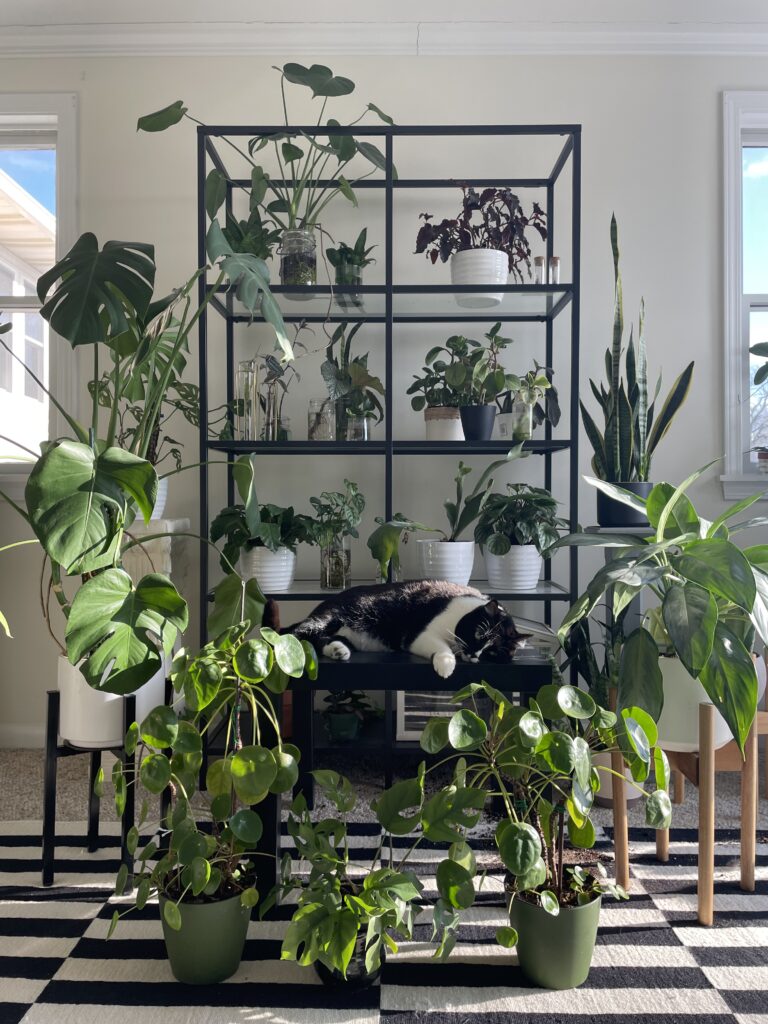
1. Your Pet is Home!
After you adopt an animal, there are a number of things you need to do as its new caretaker. Helping it adjust to its surroundings, make itself at home, get to know you to name a few. All of this is usually explained upon adoption by the shelter you adopted from. If you find a stray or an animal comes into your care unexpectedly, my favorite resources on acclimating animals are Jackson Galaxy for cats and Crafty Canine Club for dogs.
But let’s say the animal is home and, while you’re excited to have this little fluff wandering around, you suddenly notice all of the hazards in your home. It’s like when a friends with a toddler visit a child-free couple’s home, all of a sudden you see the sharp corners that can result in concussions and all of the choking hazards that are your adult legos. I say this as the child-free half that has a lot of adult legos. But all of a sudden you notices these hazards and are overwhelmed by how to address them. Let’s talk about a very often overlooked hazard – houseplants.
2. Identify Your Plants
It’s not your fault you may not know the dangers of houseplants to pets. It’s not very publicly advertised. Again, this is the purpose of this blog, because years ago I didn’t either. But knowledge is power. If you have a slew of houseplants, it’s time to see what you’re working with.
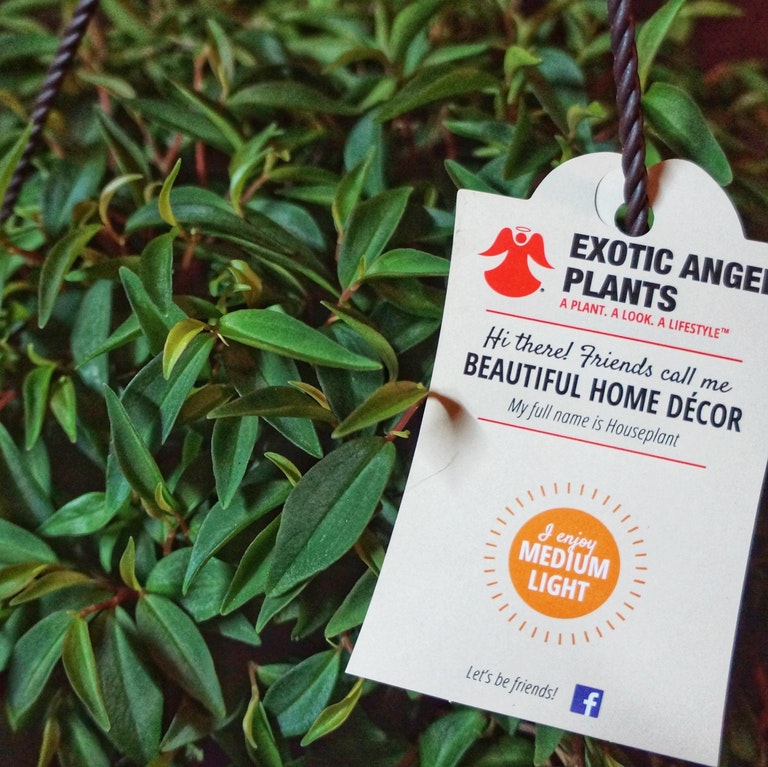
Your pretty Pothos may look happy in the window, but this toxic plant may look like a 1998 Pizza Hut salad bar to your new pet, cat or dog. The plants you own need to individually be dealt with and, more importantly, identified. You need to know what plant is toxic to pets and what plants are safe for pets, if they were to be consumed.
How do you identify your plant? Many plants come with identification tags, which is great. But sometimes you may not keep them or they could say “TROPICAL FOLIAGE” which is very unhelpful. I recommend searching this blog for a similar-looking plant or using one of two app called iNaturalist or PlantNet (both are free). The apps allow you to literally take a photo of your plant and it will find a match. You can also search this blog for matches. If all else fails go to your nearest reputable garden center or ask Reddit.
Once you have your plants identified, do what you need to do to keep them identified. You can make your own little plant labels, keep a list, whatever. Personally, I’ve kept a spreadsheet so I can keep notes (like if a plant is toxic or not).
3. What is Toxicity
I delve more into plant toxicity on this post, but let me summarize here. After all, why should you even care if a plant is toxic? Why does it matter? What does it even mean? Why is my cat meowing at me right now? Some things we’ll never know but let’s talk about the first three questions.
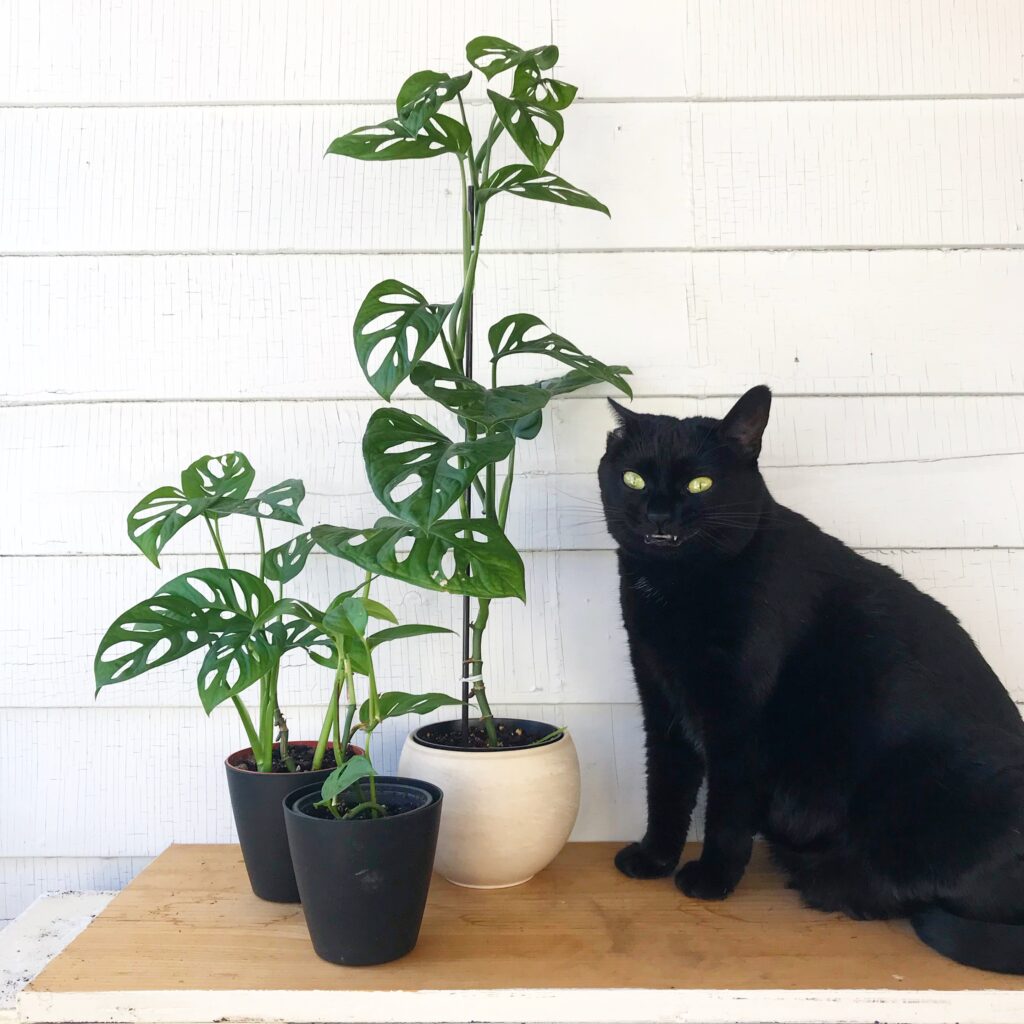
We need to care about plant toxicity for one reason – a plant can be toxic. Just like a bleach spill to humans, chocolate to dogs, lilies to cats and Taco Bell to tummies, toxic houseplants, depending on the plant, can be a real risk. Some plants have toxic compounds in their leaves, stems, roots, and petals. When consumed these can be just as dangerous as your pet drinking a toxic household chemical. These plants are considered toxic. Some plants do not have these toxic chemicals – these are deemed “non-toxic”. So the reason to care is simple, some plants can kill your pet and others cannot. It’s your job as the pet owner to prevent bad things from happening.
It’s time to look at that list of plants you own, which should all be identified in step 2 (DON’T SKIP THIS STEP) and know which are toxic and non toxic. Label these as such, this will be important knowledge in a minute.
4. Now the Plants
Now we know that some plants are toxic and some are non-toxic. Great. Now what?
Your new pet will definitely want to sniff and or lick all of these fun new green things in your home, because why not. Before that happens let’s move some plants around.
Any plant you have identified as toxic, put together in a group. Some plants that are considered toxic are not as dangerous as others, but it’s important to put any “toxic” plants together and away for now. Now, move any pet safe plants to whatever room you keep your plants in. And only keep pet safe plants in that room. Let me explain.
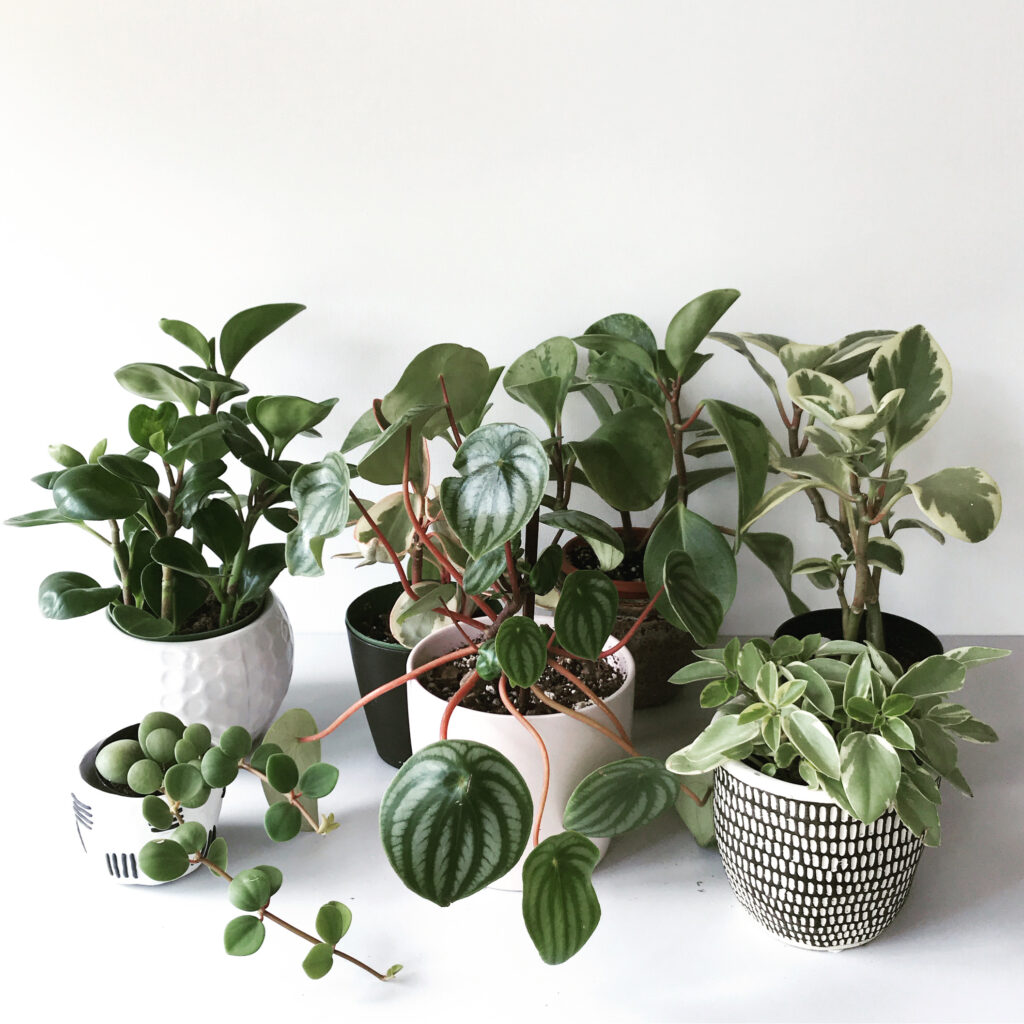
Part of the reward of doing all of this, reading this post when you could be doing literally anything else, is because you want your pets and plants to live harmoniously together. That means no chewing, no emergency rooms visits from plant consumption, no vomiting. The reward is just that. By letting your new friend loose in a room with only pet safe plants, we’re seeing what they go for and eat, if anything at all.
In your pet safe plant only room, you can now unleash your pet!
5. Watch Like a Hawk
Not, like, literally, but kind of literally. I’m asking, no, demanding, that you sit in this pet-safe plant zone and watch, observe and monitor what your new pet is doing.
Cats and dogs will typically sniff everything. This is normal. For younger animals, the desire to bite and explore the plants might be higher. What you are looking for when monitoring is biting/eating and digging. Dogs are more prone to digging but cats will 100% use soil as a litter box if they find it’s a great option. Cats will also notoriously eat anything palmy or stringy (like palm trees or spider plants) but it’s ok if it’s a non-toxic plant. And that should only be in this room, remember?
If you see any digging then you know you may need to put pond stones or marble pieces on top of the soil to prevent this. If there is leaf biting, then it’s time to move said plants to a higher level. I suggest cabinets (mine’s from IKEA), carts, or shelves. Most likely, if a cat is eating a pet safe plant they’ll try to eat a toxic one.
I have a lot of luck with large plants, like those big plants, even if they are toxic. My cats will do nothing but hide behind them since they are too big to eat. This is why you typically see Monsteras and large plants just out and about in my photos. I talk more about this in Rudy’s post.
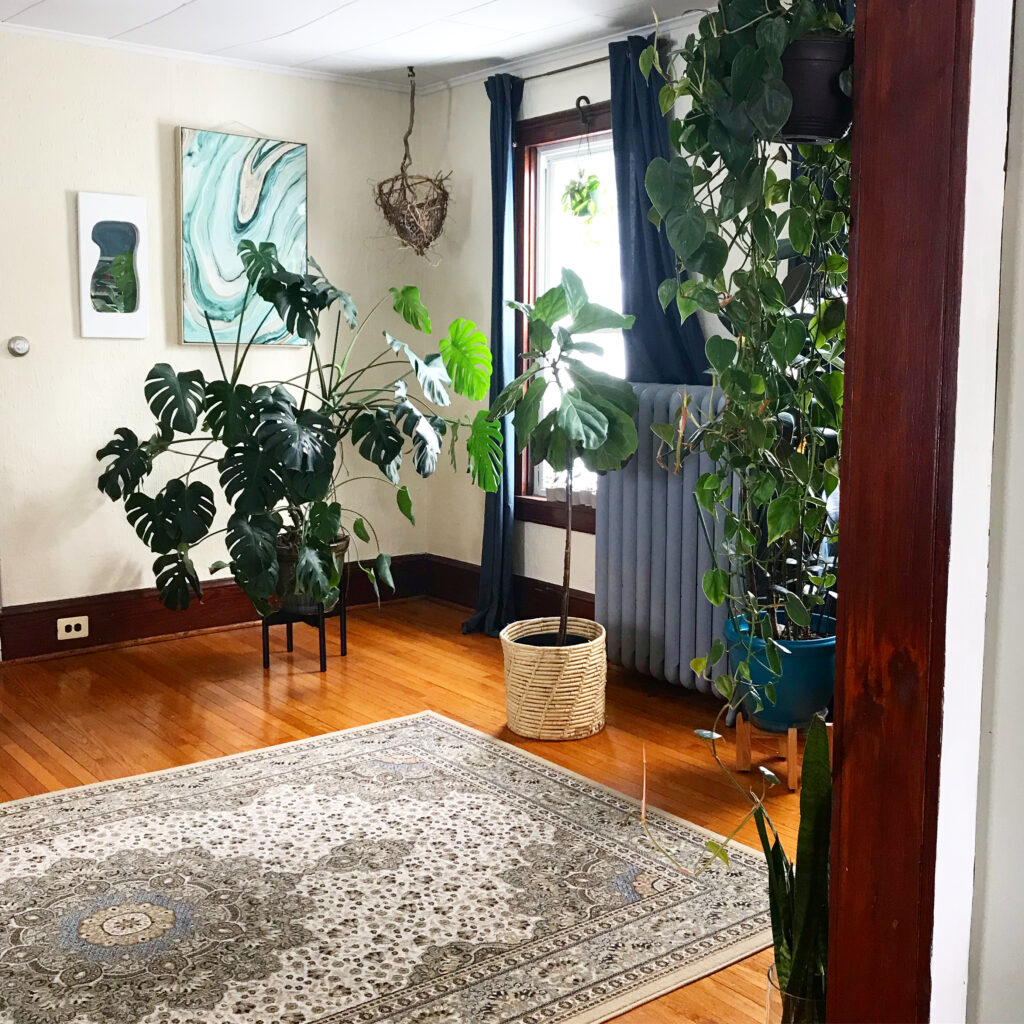
5.5 Continue to Watch Like a Hawk
Once I get a feel for how my pet reacts with safe plants and I’ve moved plants around as necessary, I’ll add in some toxic plants. You-as-helicopter-parent should come out strong here. You need to watch and see how your pet reacts with these plants. Of course anything super toxic like lilies or sago palms should not even come into your house at all.
After gauging the general interest level of your new pet and plants, your homework as a parent is to just monitor the next few weeks. If you choose to leave toxic plants out, watch how your new pet interacts. Remember that shelves, carts, ceiling planters, and bookcases are your friend. I have just given up on having some plants because they either always get eaten (ahem, palms) or get mutilated (poor haworthia). So it’s best not to even have them in the house anymore. THANKS CATS.
I hope this post helps you or gives you peace of mind about how to acclimate your new pet into your plant world. It doesn’t seem easy, but doing things slowly is best for both of you. Still need some help? Leave a comment below! And if you just adopted a pet from a rescue – thank you! You saved a life.


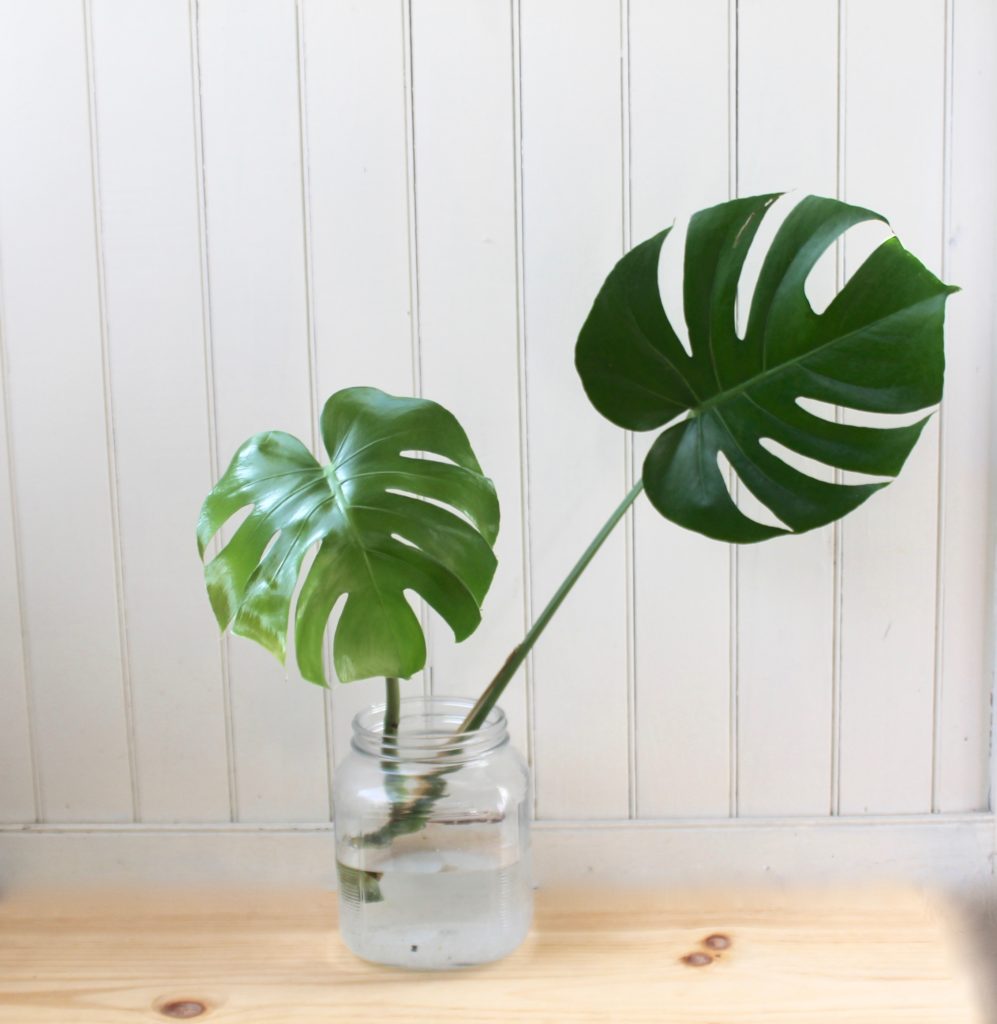
I have two cats and two dogs (Yorkies). Plus, I have a bunch of plants. Thank God none of them ate any of my plants, lol. I do have Monsteras around the house. I had no clue it’s toxic to animals. I’m glad my pets don’t eat my plants 🙂